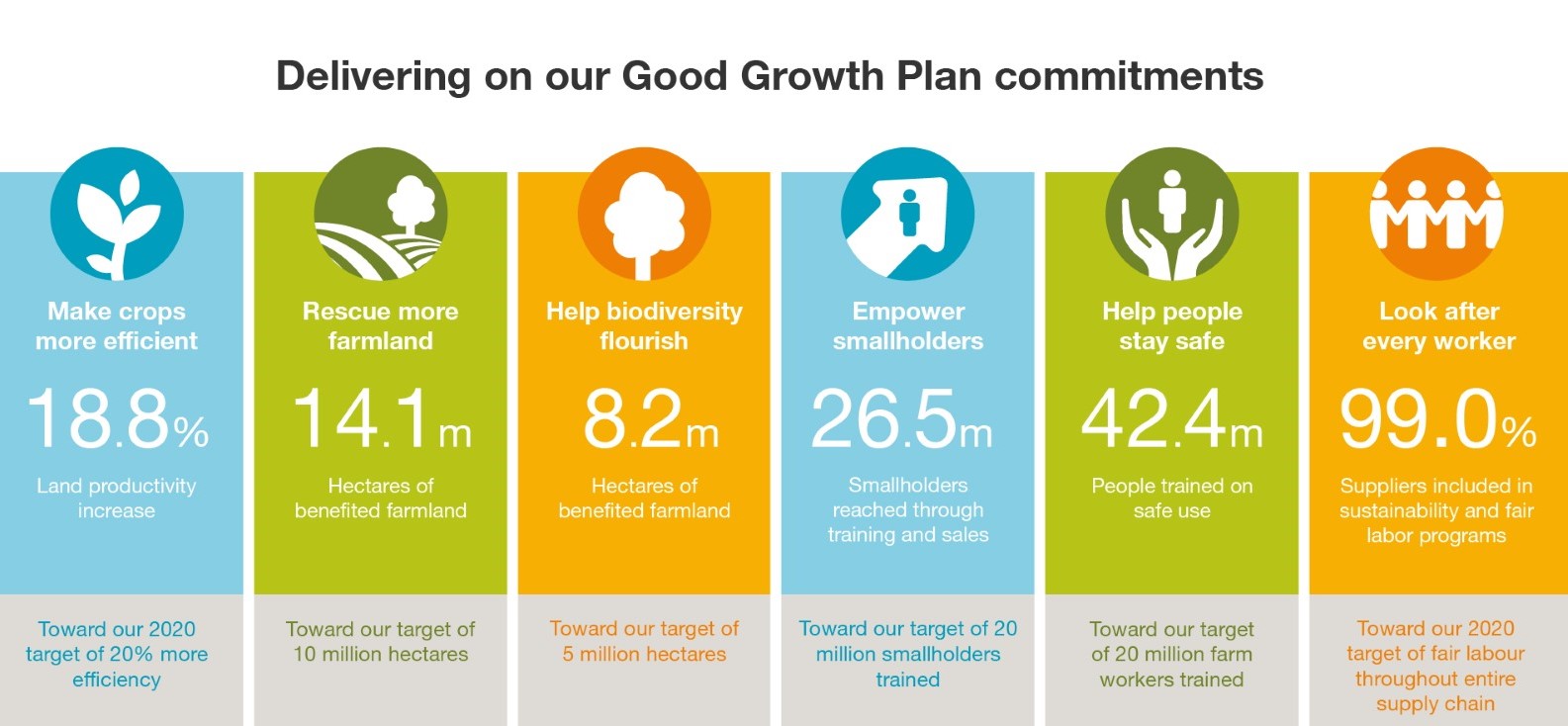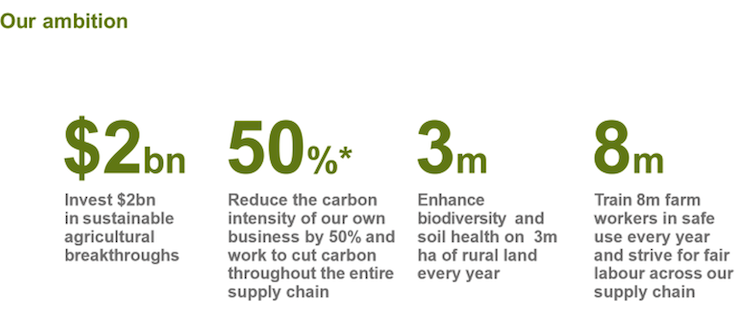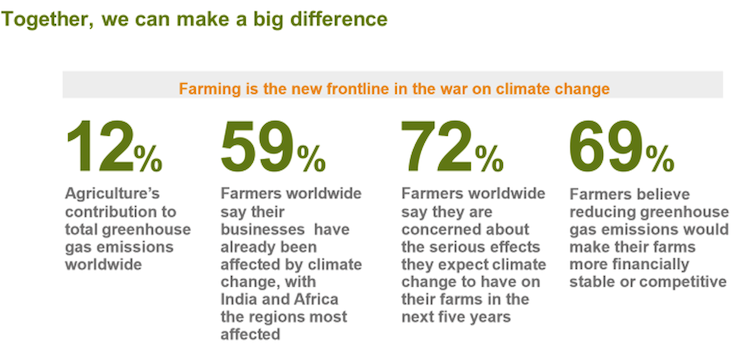When we launched our original Good Growth Plan in 2013, we established ambitious objectives to improve the sustainability of agriculture and our business. We set six commitments to be met by 2020 – and for the most part we exceeded our objectives. Out of this came measurable benefits for farmers, the people they feed and the planet we all share. The lessons we learned have helped shape the actions we are continuing to take as part of our sustainability journey.
In the original Good Growth Plan, farmers on over 1,400 reference farms worked with Syngenta field experts to share know-how and trial new solutions across 22 crops in 41 countries.

Our new Good Growth Plan, launched in June 2020, puts the urgent fight against climate change and biodiversity loss at the heart of farming’s productive future and the global economic recovery. We have made four ambitious new commitments to reduce agriculture’s carbon footprint and help farmers deal with the extreme weather patterns caused by climate change. These commitments – including our commitment to accelerate innovation – will help farmers and society recover from the ongoing effects of the coronavirus pandemic.

Syngenta has partnered with environmental organizations on projects throughout the U.S. to promote sustainable farming practices and conservation. For more than a decade we have worked with The Nature Conservancy, including pilot programs in the Saginaw Bay and Lake Erie watersheds that focus on nutrient development, edge-of-field practices and habitat preservation – an initiative which was honored as Field to Market’s 2017 Collaboration of the Year. The project also has been pursued in collaboration with the American food giant, Kellogg’s, who sources wheats for its cereals from Michigan farmers.
Learn more about this work.

Every year, Syngenta reinforces the importance of sustainability efforts through various communications channels. Here are the current messages: